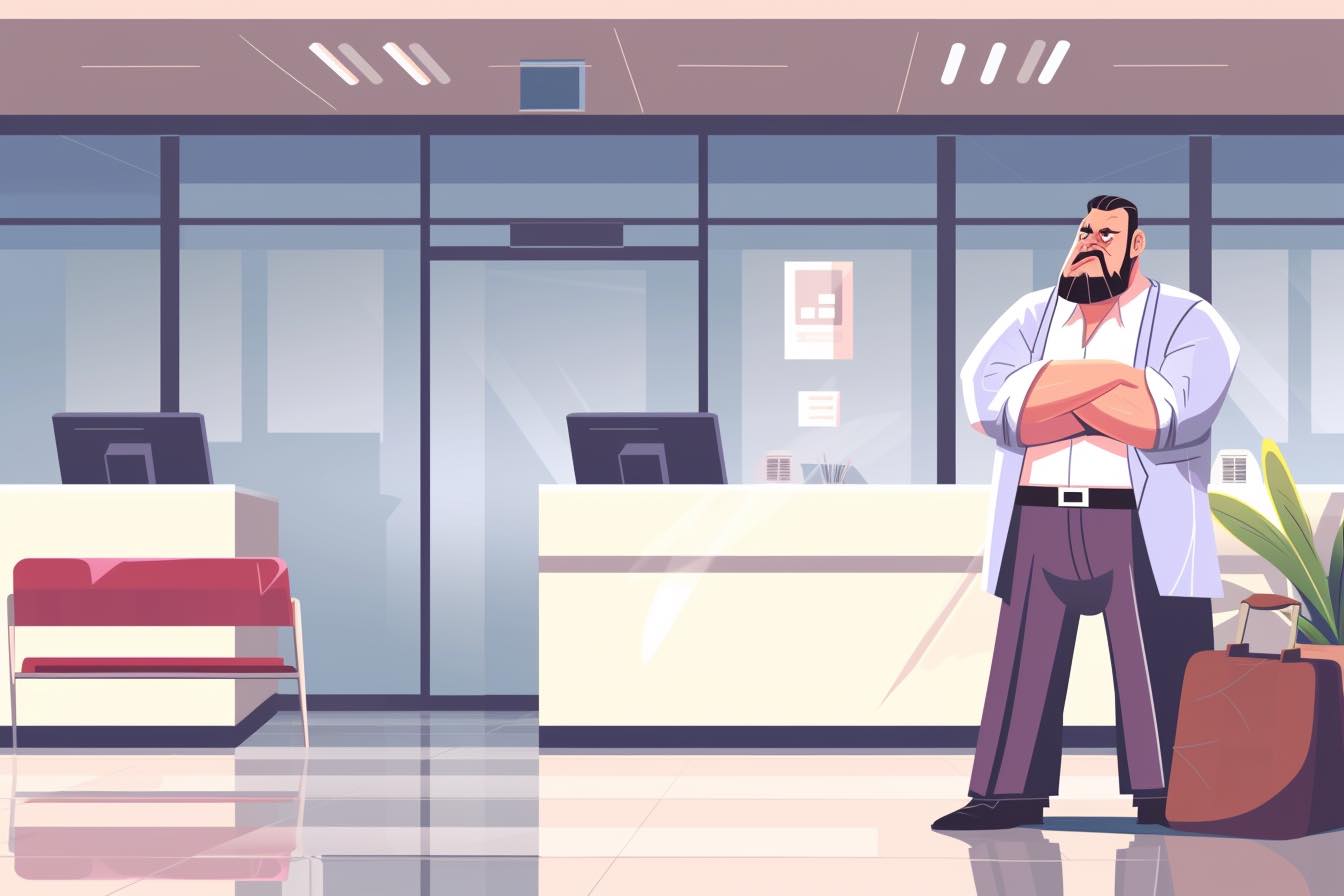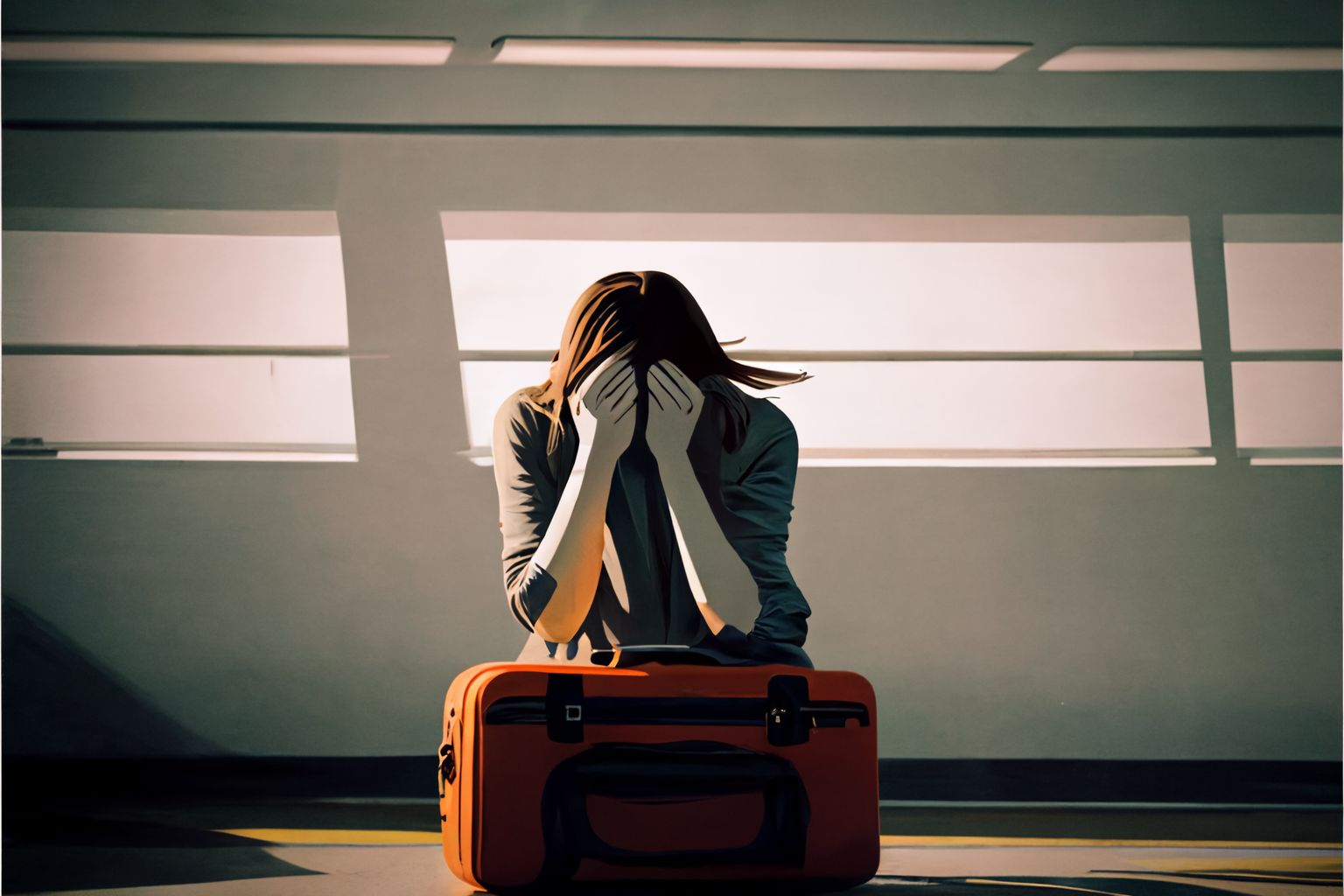Timing was never the TSA’s thing. It started checking our shoes for explosives only after Richard Reid tried to blow up a plane with his footwear. It began patting down air travelers en masse only when Umar Farouk Abdulmutallab attempted to incinerate an aircraft with his undies. From bans on liquids and gels to printer cartridges, they’ve all been done only in response to a threat, not in anticipation of one.
But this latest security precaution, if it proves to be new, is a real head-scratcher: A Grand Junction, Colo., TV station reported last week that TSA agents have begun testing liquids purchased after passengers passed through the agency’s vaunted 20 layers of security.
“Every time you think the TSA can’t come up with anything more stupid or abusive, they prove you wrong,” my colleague Lisa Simeone noted on the popular watchdog site TSA News.
TSA’s new liquid screening procedures
Testing liquids post-screening, which can render them undrinkable, had been observed before, notes Simeone. But not apparently on the level seen in Grand Junction last week, which made some TSA observers conclude that the agency was testing a new procedure in response to an unspecified threat.
Whether it is or isn’t — and I’ll get to that in a moment — the TSA’s sense of timing on this is beyond clumsy. It’s dangerous.
Last week the nation was in the grip of a heat wave. On July 3, the day that news of TSA’s liquid screening procedure broke, the high temperature in Grand Junction was 99 degrees — just three degrees shy of the record high. Whoever instructed agents to start testing passengers’ bottled water purchased after they went through the checkpoint was not the sharpest tool in the TSA shed.
Unfounded concerns and agency responses
Of course, the TSA doesn’t just test a new procedure at one airport. So odds are, if this is a new thing, it’s happening at terminals across the United States even as temperature records are being shattered.
Tinkering with bottled liquids can put the most vulnerable passengers — the young and the elderly — at greater risk of dehydration. What’s more, there’s no evidence that, as one critic proclaimed, baristas are turning lattes into bombs.
The TSA insists its liquid-testing procedures aren’t new. In a blog post on Thursday, it said the agency had been randomly screening beverages since 2007, and that the gate-checks are “business as usual.” It also pointed out that the test doesn’t make the liquid undrinkable, because the test strip doesn’t make contact with the liquid. I suppose it’s up to each passenger to decide whether a bottle of water that’s been handled by a TSA agent is good to drink or not.
TSA suggested it needed to rescreen the liquids during the hottest week of the year in order to show the bad guys how unpredictable it could be.
Mission accomplished, but at what cost?
“If everything we did was always the same, it would provide a checklist for people to know exactly what to expect,” it noted. “While this would be extremely helpful for passengers, it would also be useful to those wishing to do us harm.”
If demonstrating the TSAs randomness was the goal of that little exercise in Grand Junction, and perhaps elsewhere, then let’s order those agents a “Mission Accomplished” banner. They did it, and then some. (Here’s how to handle the TSA when you travel.)
They also showed us how thoughtless they could be about the well-being of their passengers by implementing a bizarre liquid test during a week of extreme temperatures. But they knew they could get away with it. Last week was unusual in at least one other regard. Most of the airline passengers were inexperienced tourists who wouldn’t know what to do when a guy in a uniform waves a test strip in front of their espresso. So the agents probably met a minimum of resistance.
But I suspect this is more than a random test. I believe that like the shoes, underwear and printer cartridges, this is part of something bigger and as yet unspecified. When the TSA started its controversial pat-down and scan procedures a few years ago, it told us more or less the same thing. We know better now.
Either way, forcing passengers to undergo a liquid screening at the gate sends a troubling message to all air travelers: that the agency doesn’t believe its own screening procedures are completely effective, and that it’s afraid of a bomb-making barista.




